Matebeleland South surpasses winter wheat hectarage target
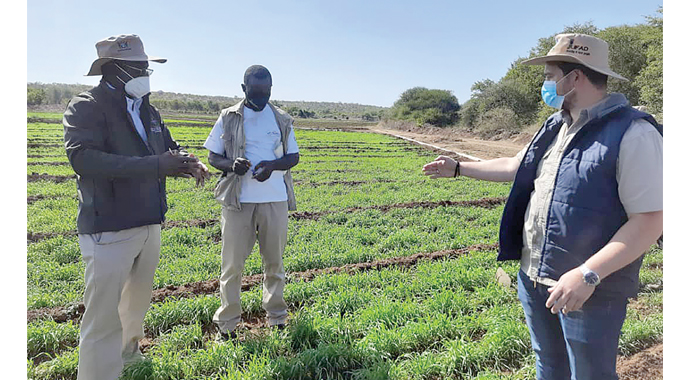
Yoliswa Dube-Moyo, Matabeleland South Bureau Chief
Matabeleland South Province has surpassed its winter wheat hectarage target by over 110 percent as the country moves to boost domestic output and enhance import substitution.
Wheat production has been rising fast in Zimbabwe and farmers in Matabeleland South are contributing immensely to a promising season.
Zimbabwe needs at least 360 000 tonnes of wheat annually, with a projected 340 000 tonnes expected to reduce the import bill.
According to the latest Ministry of Lands, Agriculture, Fisheries, Water and Rural Development winter wheat progress report, 1 800 hectares were targeted for winter wheat production in the province but 5 396 hectares were registered.
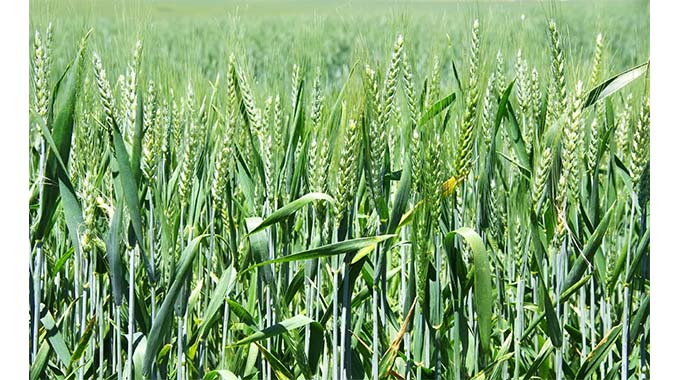
Winter wheat
The country recorded an overall increase of 101 percent in hectarage under winter wheat.
“The cumulative planted area to date stands at 75 452 which is 101 percent of the target area of 75 000 hectares.
The bulk of the crop is at vegetative stage and is in good condition.
The department is currently undertaking a monitoring exercise to establish the performance of the crop in terms of crop condition and to verify the planted area,” read the report.
Production of the crop was supported through various financial institutions such as AFC, CBZ, FCCA as well as the Presidential Input Scheme.
Matabeleland South provincial agricultural officer Mr Mkhunjulelwa Ndlovu said the province was expecting a good yield as all necessary components for production were availed to farmers.
He said the uptake for winter wheat was also high and farmers put in extra effort in crop production.
“This year was a unique one because farmers were so keen to take up the winter wheat programme.
The element of the Presidential Input Scheme which came into play to assist smallholder farmers with inputs also triggered higher uptake and increase of hectares under wheat,” said Mr Ndlovu.
He said staff motivation and the call to supply enough wheat and contribute towards the provincial gross domestic product had also spurred hectarage increase.
“Our staff now have been motorised and can access farmers easily.
The trainings underway encourage farmers to get into farming as a business on a higher scale.
Everyone is keen to contribute something towards food and nutrition security,” said Mr Ndlovu.
He said the rehabilitation of irrigation schemes by Government and its partners had also contributed towards the increase of the area under wheat.
“Zesa has also reduced load shedding where farmers are concerned.
There were also other private players who were assisting farmers with finances.
Farmers had enough of all they needed; seed, fertilisers, water and electricity so we’re expecting good yields,” said Mr Ndlovu.
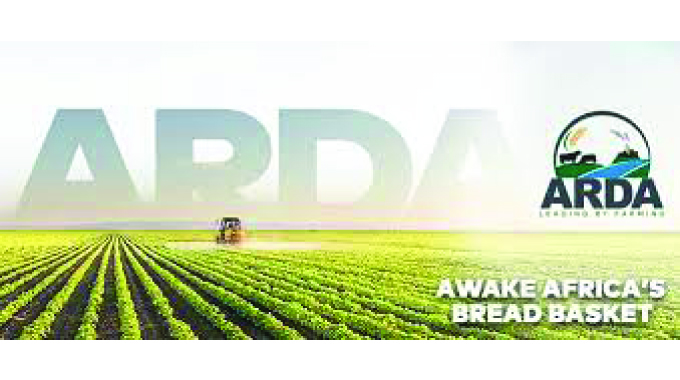
The Agricultural Rural Development Authority (Arda)
President Mnangagwa recently launched the Arda Vision 2030 accelerator model programme meant to stimulate rural industrialisation through agricultural development in line with Vision 2030, which is anchored on driving the country’s economy into an upper-middle-income.
Under the model, each district across the country will have 200 hectares under irrigation with the beneficiaries being locals. – @Yolisswa.

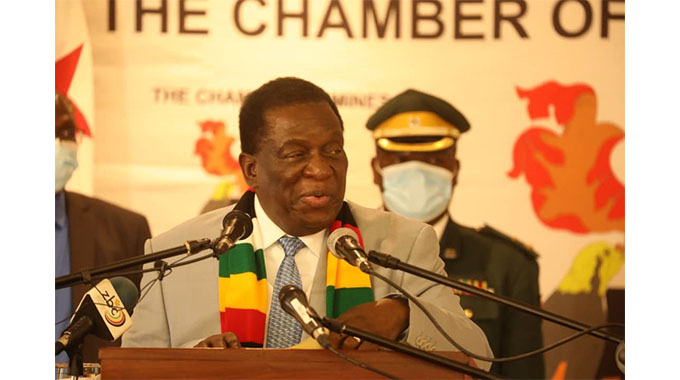
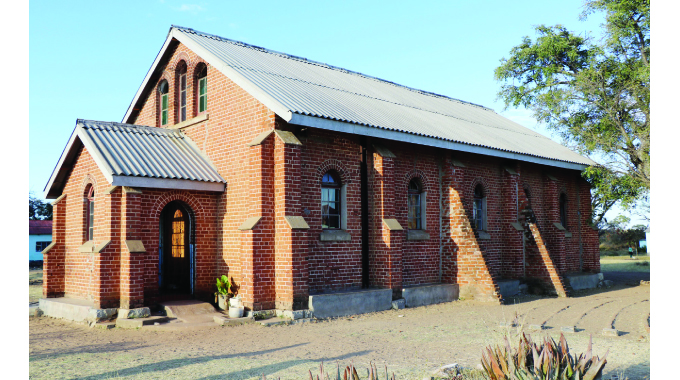









Comments